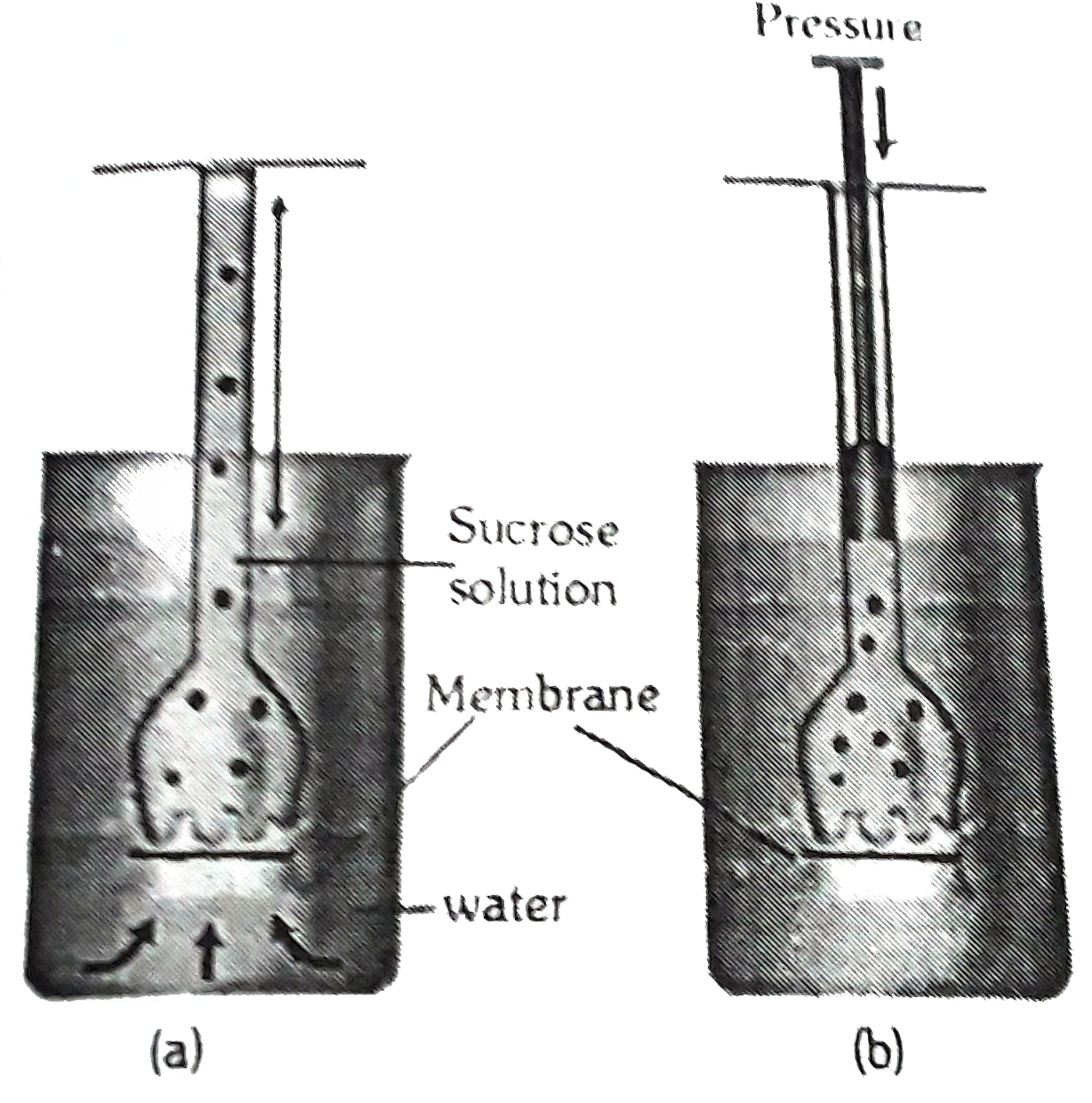Explain : The direction of transport in plants.Solution in Gujrati
The direction of transport in plants is also important.
In rooted plants, transport in xylem (of water and minerals) is essentially unidirectional from roots to the stems.
But Organic and mineral nutrients however, undergo multidirectional transport. Organic compounds synthesised in the photosynthetic leaves are exported to all other parts of the plant including storage organs. From the storage organs they are later reexported.
The mineral nutrients are taken up by the roots and transported upwards into the stem, leaves and the growing regions.
When any plant part undergoes senescence, nutrients may be withdrawn from such regions and moved to the growing parts.
Hormones or plant growth regulators and other chemical stimuli are also transported, though in very small amounts.
Sometimes in a strictly polarised or unidirectional manner from where they are synthesised to other parts.
Hence, in a flowering plant there is a complex traffic of compounds (but probably very orderly) moving in different directions, each organ receiving some substances and giving out some others.
Topper's Solved these Questions
- BOOK - KUMAR PRAKASHANCHAPTER - TRANSPORT IN PLANTS EXERCISE - Section-B Difference/Scientific Reasons6videos
TRANSPORT IN PLANTS
- BOOK - KUMAR PRAKASHANCHAPTER - TRANSPORT IN PLANTS EXERCISE - Section-C Definition/Explanation-terms/Location-Function25videos
TRANSPORT IN PLANTS
- BOOK - KUMAR PRAKASHANCHAPTER - THE LIVING WORLDEXERCISE - OBJECTIVE SECTION (FILL IN BLANKS)9videos
THE LIVING WORLD
Similar Questions

Study the given figure carefully and select the true and false statement(s) in this demonstration.
(a) Numerically this external pressure in figure (b) is equivalent to the osmotic potential of a solution, but the sign is opposite.
(b) Osmotic pressure is due to the solute concentration.06:24View SolutionDefine : Diffusion.
02:28View SolutionA .......... is a collection of pressed, dried and preserved plants mounted on ……..
06:09View SolutionExplain why xylem transport is unidirectional and phloem transport bi-directional.
04:14View Solutionपौधों में जल तथा खनिज लवणों के परिवहन की दिशा क्या होती है?
03:29View SolutionExplain why xylem transport is unidirectional and phloem transport bi-directional.
02:33View SolutionExplain why xylem transport is unidirectional, and phloem transport is bi-directional.
03:30View Solutionपादपों में परिवहन किस प्रकार होता है ? सक्रिय परिवहन एवं निष्क्रिय परिवहन में अन्तर बताइए।
03:59View Solutionদ্রাবের পরিবহন দ্বি-মুখী (bi directional) ব্যাখ্যা করো
03:50View SolutionExplain why xylem transport is unidirectional and phloem transport bi-directional.
02:19View SolutionExplain why xylem transport is unidirectional and phloem transport bi-directional.
01:20View SolutionExplain why xylem transport is unidirectional and phloem transport bi-directional.
04:51View SolutionExplain why xylem transport is unidirectional and phloem transport bi-directional.
05:16View SolutionHow one can think to explain transport in plants ?
04:07View SolutionExplain why xylem transport is unidirectional and phloem transport bi-directional.
03:50View Solution

